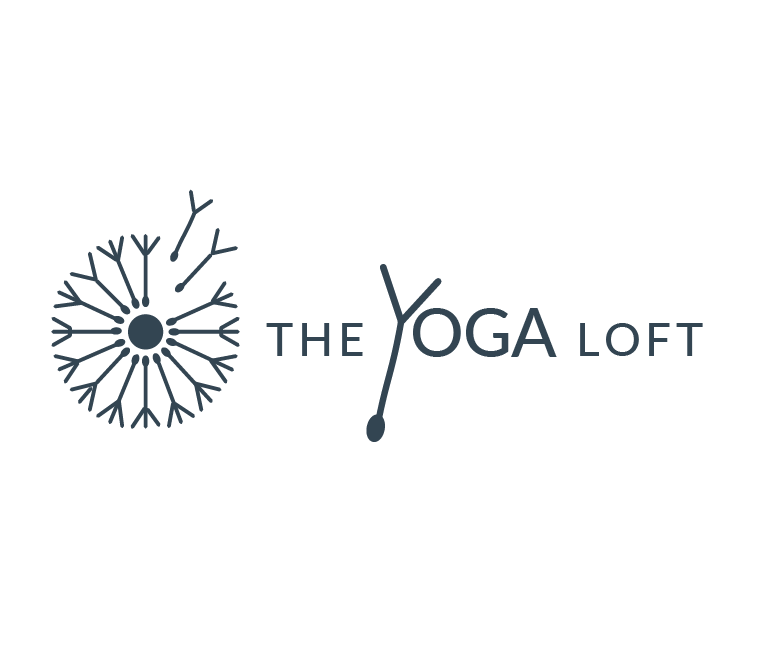5 Yoga Breathing Techniques for Beginners: A Journey Towards Mindfulness
Importance of breathing techniques in yoga
Yoga breathing techniques are essential for beginners as they help in calming the mind and focusing on the present moment. Proper breathing techniques in yoga can enhance your practice by increasing your awareness of your breath, improving oxygen flow in the body, and reducing stress levels. Deep breathing is particularly important in yoga as it promotes relaxation and helps in releasing tension from the body. Pranayama, another breathing technique, focuses on controlling the breath to balance the body's energy. Incorporating breathing techniques into your yoga practice can deepen your mindfulness and enhance the overall benefits of yoga.
Understanding mindfulness in yoga practice
Mindfulness in yoga means being fully present in the moment and aware of your body and breath. It involves focusing on your sensations, thoughts, and emotions without judgment. In yoga, mindfulness helps you connect with the present moment, enhancing your awareness and creating a sense of inner calm. By practicing mindfulness during yoga, you can deepen your practice, improve your focus, and cultivate a sense of peace within yourself.
Introduction to 5 basic yoga breathing techniques
Yoga breathing techniques are a crucial part of a yoga practice. They help in calming the mind, improving focus, and reducing stress. Here, we introduce you to 5 basic breathing techniques that are perfect for beginners. These techniques can be easily incorporated into your daily routine or yoga practice. By mastering these techniques, you can start your journey towards mindfulness and a deeper connection with your body and mind. Remember, consistency is key when practicing these breathing techniques to experience their full benefits.
Step-by-step guide on how to perform each technique
Each breathing technique in yoga has its way of being done. When starting, it's important to follow a step-by-step method to perform each technique accurately. Let's break down the process to help you get a clear understanding of how to do each technique properly.
Benefits of incorporating breathing techniques in your yoga routine
Breathing techniques in yoga can help you relax, reduce stress, and improve your focus during your practice. They can also enhance your overall mindfulness, allowing you to connect more deeply with your body and breath. By incorporating these techniques into your yoga routine, you can experience a greater sense of calm and presence throughout your practice.
Tips for beginners to enhance mindfulness through breathwork
To enhance mindfulness through breathwork as a beginner, focus on the following tips:
Practice deep breathing exercises to calm your mind and body.
Try diaphragmatic breathing by inhaling deeply through your nose and exhaling slowly through your mouth.
Explore alternate nostril breathing for balance and relaxation.
Experiment with the 4-7-8 breathing technique to reduce stress and promote better sleep.
Incorporate mindful breathing into your daily routine to increase self-awareness and cultivate a sense of peace.
Common challenges and how to overcome them
Balancing the mind and body through yoga can be a rewarding journey, but it's not without its challenges. Here are some common hurdles beginners may face and how to tackle them:
Lack of Flexibility: Start with gentle poses and gradually increase flexibility through regular practice.
Difficulty Breathing: Focus on the breath, use deep inhales and exhales to relax and improve breath control.
Lack of Focus: Set specific goals, concentrate on the present moment, and practice mindfulness exercises.
Physical Discomfort: Listen to your body, don't force poses, and modify them to suit your comfort level.
Impatience: Remember that progress takes time, be patient with yourself, and celebrate small victories along the way.
Breathing techniques for stress relief and relaxation
Breathing techniques are simple practices that can help you manage stress and promote relaxation. By focusing on your breath, you can calm your mind and body. Some popular techniques for stress relief and relaxation include deep breathing, equal breathing, diaphragmatic breathing, alternate nostril breathing, and lion's breath. Practice these techniques regularly to incorporate mindfulness into your daily routine.
Expert advice on deepening your practice
When it comes to deepening your yoga practice, expert advice can make a big difference. Here are some key tips that can help you enhance your experience and take your practice to the next level:
Focus on your breath: Paying attention to your breath can help you stay present and improve your posture during yoga poses.
Practice regularly: Consistency is key when it comes to deepening your yoga practice. Try to establish a regular routine that works for you.
Listen to your body: It's important to listen to your body and honor its limitations. Pushing yourself too hard can lead to injuries and setbacks.
Seek guidance: Consider working with a certified yoga instructor who can provide personalized guidance and support.
Stay patient and persistent: Deepening your practice takes time and effort. Be patient with yourself and trust the process.
Conclusion: Embracing mindfulness through yoga breathing as a beginner
As a beginner on your journey towards mindfulness through yoga breathing, embracing mindfulness is crucial. Mindfulness can help you connect with your breath on a deeper level, leading to a greater sense of calm and focus. By practicing yoga breathing techniques regularly, you can cultivate a mindful mindset that can positively impact your overall well-being. Remember, mindfulness is a practice that requires patience and consistency, so be gentle with yourself as you explore these techniques. Keep breathing and stay present on your path to mindfulness through yoga.

